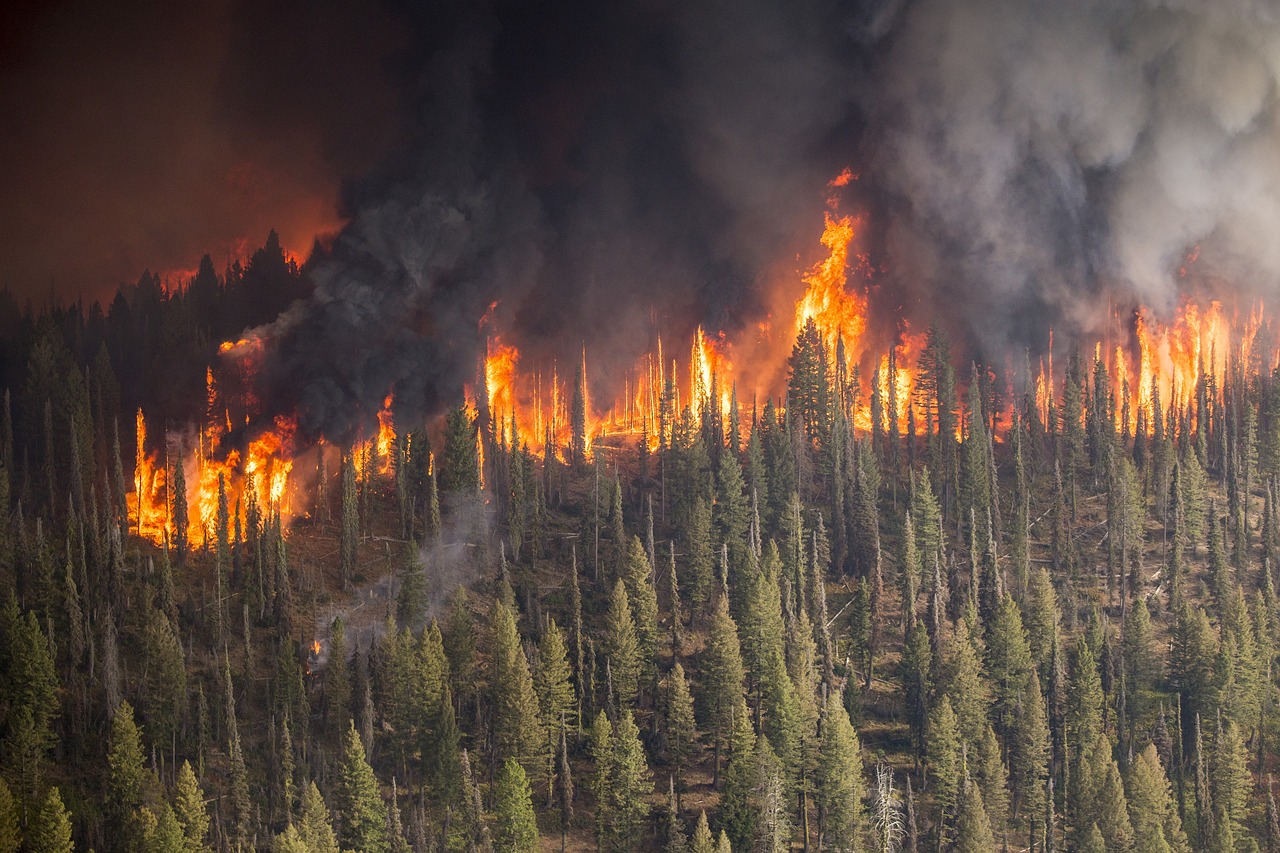ISABEL RUBIO ARROYO | Tungsteno
Climate change is fuelling longer and drier fire seasons. According to NASA, heat waves are intensifying, rainfall is declining, and conditions are becoming more favourable for large-scale burns. Recent studies confirm that extreme wildfires are becoming more frequent: their occurrence rose 2.2-fold from 2003 to 2023. In this article, we explore how burned landscapes recover, not only environmentally, but also economically and socially.
Decades for forests to 'breathe' again
The recovery of forests after a fire depends on several factors, including the intensity of the blaze, the type of ecosystem, how frequently fires occur, and the degree of human intervention. Vegetation usually returns gradually. Satellite-based analyses show that within the first five years, only about a third of what was lost reappears; after ten years, nearly half; and after thirteen years, just over half. In other words, while landscapes begin to regenerate quickly, it can take decades for a forest to regain its previous maturity. In some cases, full recovery may stretch beyond 40 years.
To speed up the recovery process, researchers recommend a range of techniques, such as covering the soil with mulch to protect it and help it retain moisture, planting fast-growing plant species to reduce erosion, installing physical barriers such as logs or straw mats on slopes, and introducing beneficial microorganisms that enhance soil fertility and structure.
Mobile factories to speed up housing reconstruction
In 2025, large wildfires struck Spain, Portugal, France, Canada, the United States, Cyprus and Colombia, destroying homes and forcing mass evacuations. After such disasters, rebuilding quickly and affordably becomes a top priority. While authorities often provide financial aid and subsidies for the reconstruction of affected areas, some experts offer technical advice to ensure that newly rebuilt homes act as "firebreaks". The focus is on incorporating fire-resistant materials and systems that reduce future risk.
New initiatives are also emerging to accelerate recovery. One, led by ABB Robotics and Cosmic Buildings, deploys mobile robotic microfactories to assemble modular homes directly in affected areas. "With AI-driven robotics and digital design, we are cutting build times by up to 70% and reducing costs by 30%, with near zero waste," explains Marc Segura, president of ABB Robotics.
Mobile robotic microfactories that build modular houses after fires. Credit: ABB Robotics
In addition to destroying homes, forest fires have a major economic impact that spans multiple sectors and can last for decades. The economic impact of wildfires across Europe amounts to several billion euros per year. These fires particularly affect sectors such as agriculture, livestock, tourism and forestry.
When health is threatened by wildfires
Wildfires endanger the health of millions of people. They often cause death, burns, smoke inhalation and displacement. Exposure to smoke raises the risk of respiratory problems, such as asthma and infections, increases hospitalisations, and contributes to cardiovascular disease. It can also worsen pre-existing conditions and have long-lasting impacts on physical and mental health.
Wildfires also take a heavy toll on mental well-being. They can trigger anxiety, depression, insomnia, and post-traumatic stress disorder (PTSD) in adults and children alike. Research shows that children are particularly vulnerable. The loss of housing, forced displacement, and traumatic experiences can leave lasting psychological scars, hinder academic performance, and cause stress-related physical symptoms.
To mitigate these impacts, experts recommend providing a combination of medical care and psychological support. Detecting anxiety or PTSD in children and ensuring that older adults continue their treatments are crucial. Several studies also highlight the importance of strengthening social assistance through financial and housing support, as well as encouraging activities that relieve stress and foster resilience to aid full recovery.
· — —
Tungsten is a journalistic laboratory that explores the essence of innovation.
